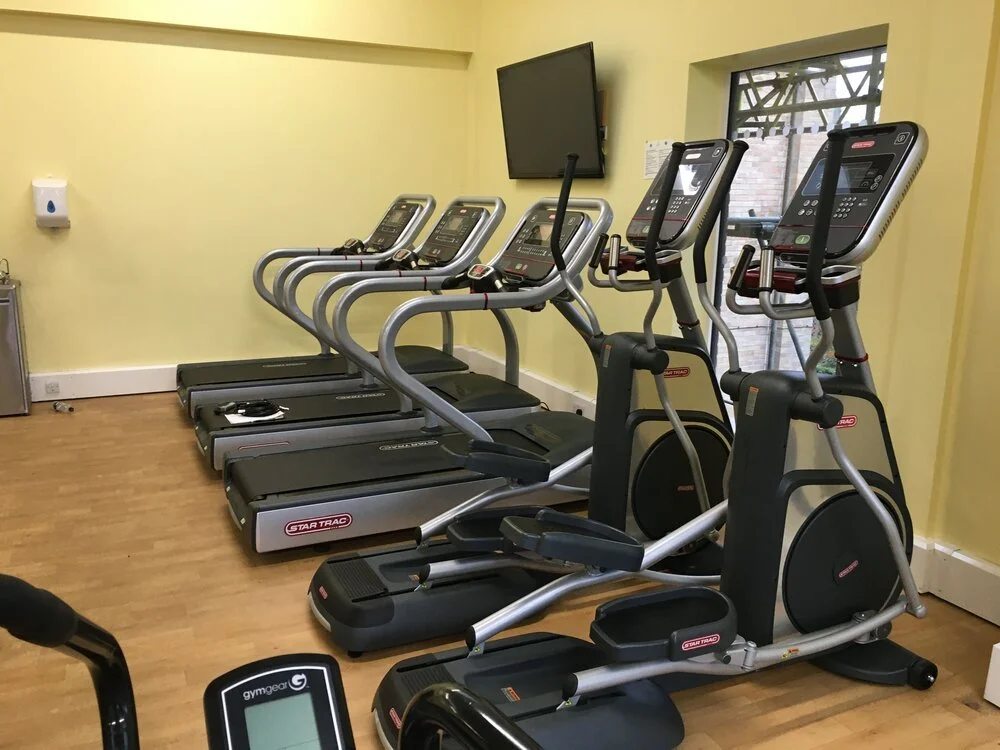Helping Pupils to Improve Sports Performance Using Gym Equipment
For those of us who remember as far back as the 1970s, the school “gym” was a large hall with climbing ropes, vertical frames and some gymnastics equipment – not forgetting some fairly ineffective crash mats. Whichever sport a pupil played, the indoor training was pretty much the same – with circuit training being the most popular (and “British Bulldog” being the most hazardous!).
Thanks to a lot of innovation and investment by companies like Weider and Nautilus during the 1980s, indoor fitness equipment like cycles, treadmills and weight lifting kit started to filter into further education, along with the explosion of home fitness and the appearance of gyms in every town.
In 2024, most secondary schools now have a fitness room, and schools that major on sports like rugby, football, cricket and hockey are seeing the benefit through improved results on the pitch.
The reasons to have a school gym:
Evidence shows that during the teenage years, cardio and resistance training can fast-track improved performance in sports.
PT staff can use their own knowledge of gym training to create programmes that will result in team – specific gains.
Aside from the sport benefit, many pupils find their general health and wellbeing improve through exercise.
Grants and National Lottery funding can assist with the expense, thanks to growing pressure to reduce youth obesity.
In some cases, the gym can become a revenue stream when made available to parents and evening clubs.
The gym space:
Fitness equipment is very bulky, so for installation purposes, the room should ideally have doors over 1 metre wide.
There will be noise ingress into adjacent rooms – soundproofing could be helpful.
For most gym equipment, we recommend a minimum ceiling height of 2.5m.
Air conditioning or window blinds should be considered, as a hot room can become uncomfortable to train (and teach) in.
Dedicated power sockets will be required throughout the gym, and floor boxes may be a neat solution. For cardio machines with TV consoles, additional connections and Wifi may be required.
It is worth considering a rubber tile floor, which reduces noise and protects any wood or carpet below.
An emergency pull cord or CCTV is required for safety reasons, especially if the gym is to be used outside of teaching hours.
The gym equipment:
Choose equipment that is sturdy and reliable - Home use equipment is not suitable, and would not be covered under Commercial insurance.
Light Commercial equipment is designed for use of around 4-6 hours per day, which is usually enough for a school setting. For more intensive use, we recommend Full Commercial equipment. Something like this would work as a multi user strength unit: Gym Gear 3 Station Multi Gym is high quality and possibly the best machine in its price range. — FitHire — Fitness and Gym Equipment Sales, Hire, Servicing and Installation
However small the space, include a mix of cardio and strength equipment.
A Rig with multiple functions (ball target, plyo plate, land mine, monkey bars, barbell hooks etc..) is a great way to make use of limited space.
Using fitness apps and video is becoming the norm these days, so choosing kit that allows this will future-proof the gym.
Additional equipment:
Essentials include a First Aid kit, access to drinking water and a sanitising station.
Optional equipment includes mirrors, instructional posters, TV, large clock or timer, and access to a defibrillator nearby.
Funding options:
Purchase – simply buying the kit outright from the start. Maintenance is charged separately.
Finance Lease or Operating Lease – spreading the cost of the purchase over 2 to 5 years with good tax benefits. Maintenance is charged separately on Finance Leases.
Hire – allows flexibility due to a shorter term of commitment, and includes maintenance, but it is also more expensive in the long term.
Whatever your plans are, we specialise in finding the right solutions at a reasonable price, combined with our expert knowledge; we look forward to hearing from you.












